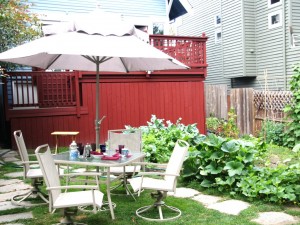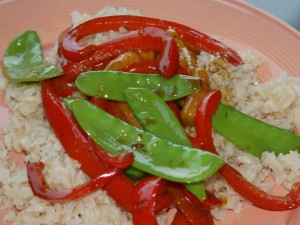Being in Seattle means a favorite savory treat, injera, the native bread of Ethiopia, which can best be described as a huge, stretchy, grayish, slightly sour-tasting pancake that somehow becomes irresistible when served with vegetables, or a sauce made with red pepper.
It is an acquired taste not acquired by my better half, who refers to it as “auto upholstery,” conjuring images of the rusted hulks you see in wrecking yards, with the stuffing popping out of torn bucket seats.
I forge ahead undeterred.
This week I visited one of many Ethiopian stores in our part of the city. The market sells packages of fresh injera at $3 for five or $5 for ten. Believe me, a five-pack of the thirteen-and-one-half-inch pancakes is sufficient for us, since obviously I am the only resident of House of Blues who likes auto upholstery for lunch.
A half pancake, covered with sauce and rolled up, accompanied by cooked Swiss chard and a boiled egg, makes a meal. Injera also becomes a great appetizer or snack when cut in strips, spread with sauce, and rolled up.
Ethiopian cooks make a luscious sauce that I understand takes all day to cook and requires huge amounts of onions. I’ll never forget my visit to Tsegge’s kitchen, and the mouthwatering, spicy sauce she produced.
I use a quick alternative that is no match for the real thing but suffices for the amateur injera connoisseur.  For it you need Berbere spice, made with ground red peppers, available in varying, and not necessarily predictable, intensity at Ethiopian markets.  Combine it with a good-quality marinara sauce that you purchase by the jar at your supermarket. Because the spice is HOT and varies in strength, you will need to experiment a little with method and proportion. Here is how I make the sauce with the Berbere I buy at the local Ethiopian market:
For about a cup of sauce, heat about two tablespoons of water to boiling, in a small saucepan. Turn down the heat and add about two teaspoons of Berbere powder and stir vigorously until the mixture is smooth. Add one cup of the marinara sauce. Continue stirring while you bring the sauce to temperature over a moderate flame.


Recent Comments